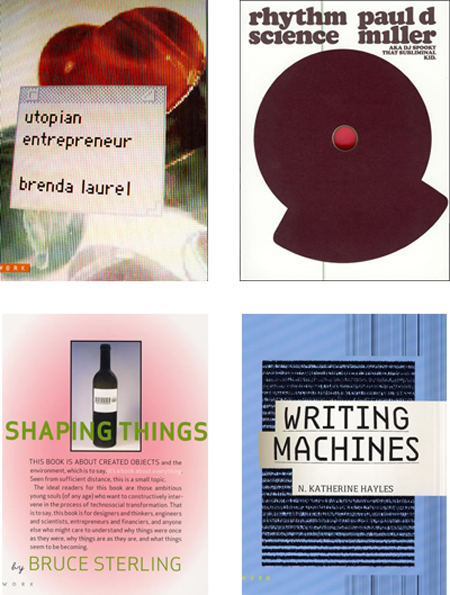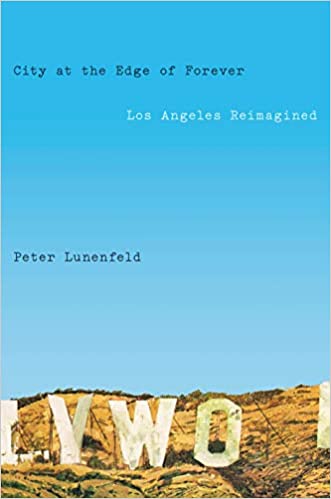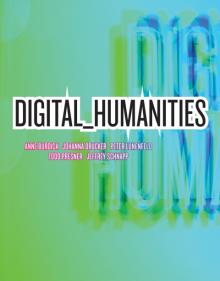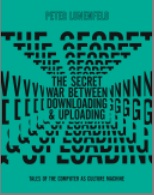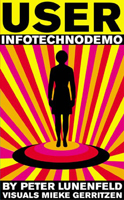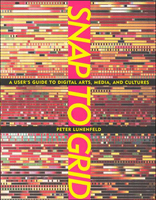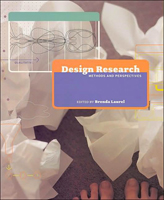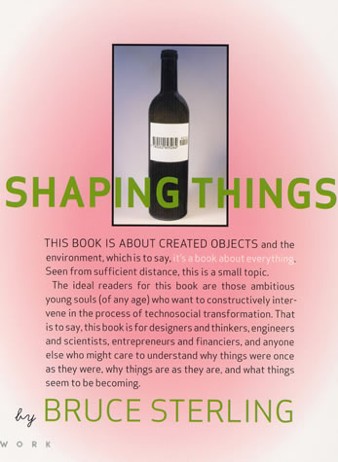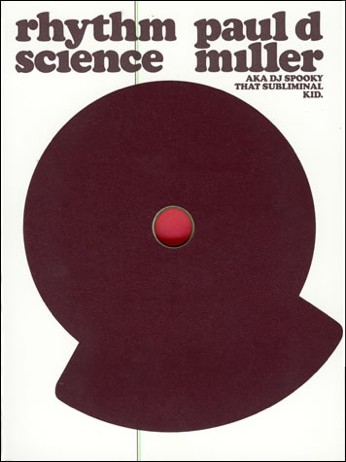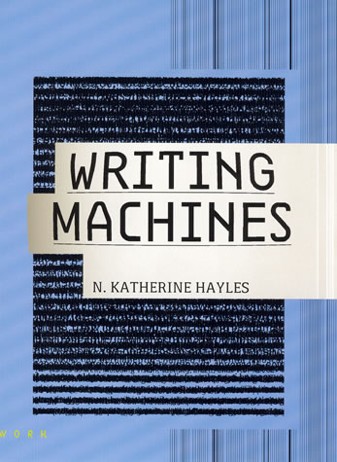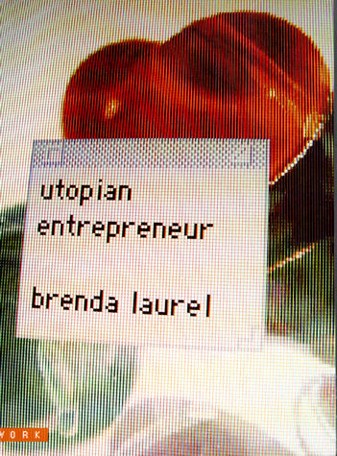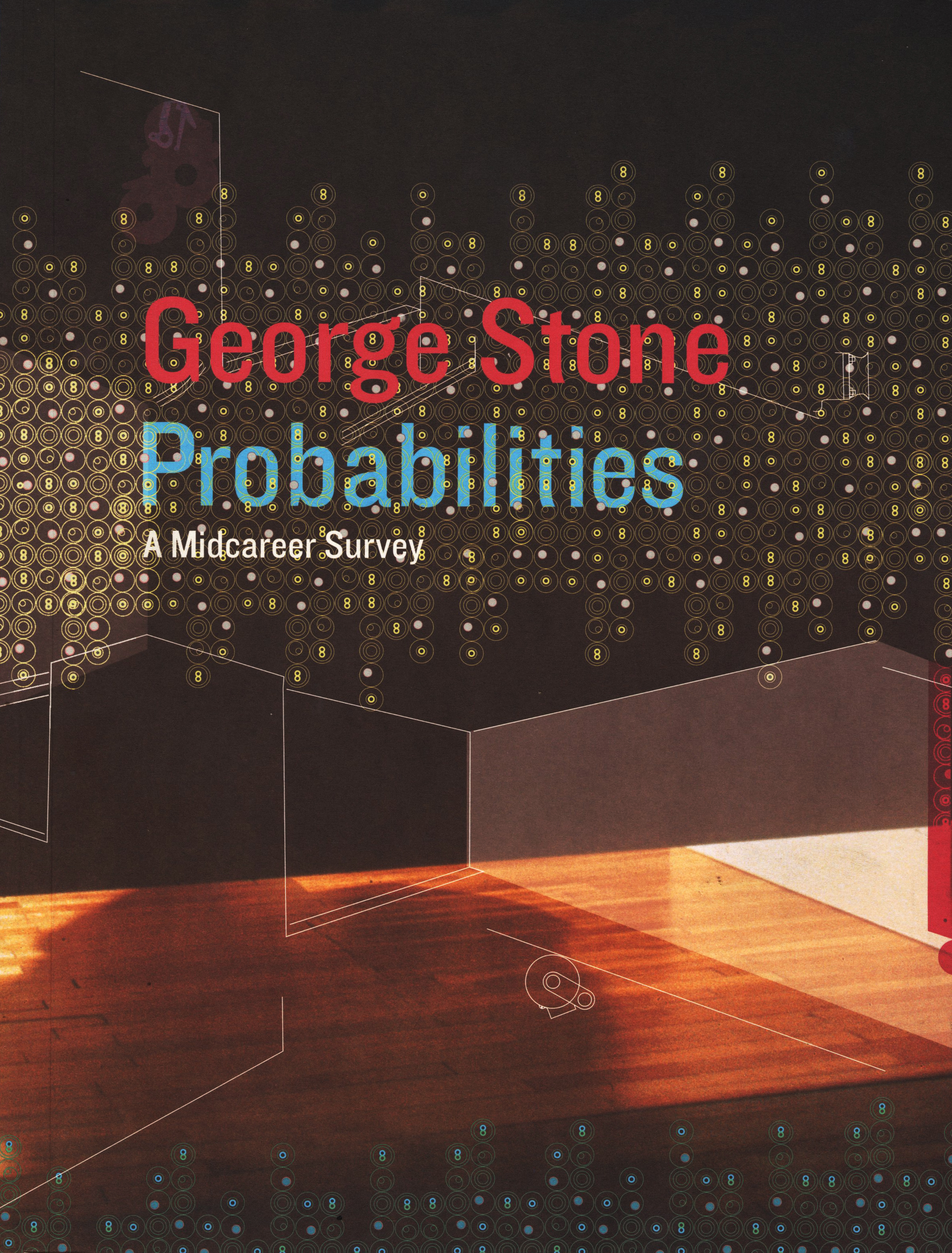the ita
The Institute for Technology & Aesthetics (The ITA) is a research unit housed within the Department of Design Media Arts at UCLA. It was founded in 1994 as an interdisciplinary space for the development of new forms and theories of computers and culture at the Art Center College of Design, and moved to UCLA in 2008. The ITA’s mission is to ground the discourses of technologies in the constraints of their practice and to create interdisciplinary collaborations that expand the parameters of visual intellectual culture.
Past projects have included: The Digital Dialectic: A Conference on the Convergence of Technology, Media & Theory (1995); SCRIPTED SPACES: An ITA Conference on Entertainment Design, Narrative Architecture, and Virtual Environments; “Unwriting the Word: A Festival of Music, Murmurs, & Media, (1999); “Nowcasting: Design Theory & the Digital Humanities,” (2009); “e-Pub: A Roundtable on Design, Technology and Meaning-Making in 21st Century Academic Publishing,” (2010); ““Behavioral Objects, Strange Design: A Conversation on Design, Media Art, and the 21st Century’s New Objects” (2017), “Playing Sunset Strip: A Live Pirate Radio Performance” (2020).
The ITA sponsored the dialogues at mediawork: The Southern California New Media Working Group, that ran from 1994 to 2007, and its major print and multimedia project is the multiple award winning Mediawork Pamphlet Series, “Zines for Grown-Ups,” the first of which was released in 2001 by the MIT Press, along with its multimedia WebTakes.
The ITA’s Mediawork projectis an exercise in collaborative practice. As Editorial Director of the series, I wanted to create a transmedia system to explore art, literature, design, music, and architecture in the context of emergent technologies and rapid economic and social change.
Mediawork Pamphlets are “‘zines for grown-ups,” commingling word and image, enabling text to thrive in an increasingly visual culture. The pamphlets select texts from these discourses, distill insights and interventions from them, design a supportive visual context, and launch these hybrids out into a greater public. The Website and its Web Takes offer critically supportive, interactive “readings of the series, modeling discourse and continuing creative, collaborative practice. The Mediawork project is not intended to “replace” other forms of discussion – from books to journals to listservs to Web zines – but rather to create a new category of public visual intellectuals, and new categories of audience as well.
The Pamphlets incude:Shaping Things (2005) by Bruce Sterling, designed by Lorraine WildWeb Take: “Macroscopes†text by John Thackara, applet by Schoenerwissen/OfCDRhythm Science (2004) by Paul D. Miller aka Dj Spooky that Subliminal Kid, designed by COMA Amsterdam/New York.
Web Take: “Hypnotext†by Peter Halley & Casey ReasWriting Machines (2002), by N. Katherine Hayles, designed by Anne Burdick.Web Take: “Hollowbound Book,†interactive animation by Erik LoyerWeb Supplement: “WMWS†by Anne Burdick & Sean DonahueUtopian Entrepreneur (2001) by Brenda Laurel, designed by Denise Gonzales Crisp. Web Take: “Idea Tree,†an on-line comic by Scott McCloud.
The first Mediawork book is USER:InfoTechnoDemo (2005), with visuals by Mieke Gerritzen.
